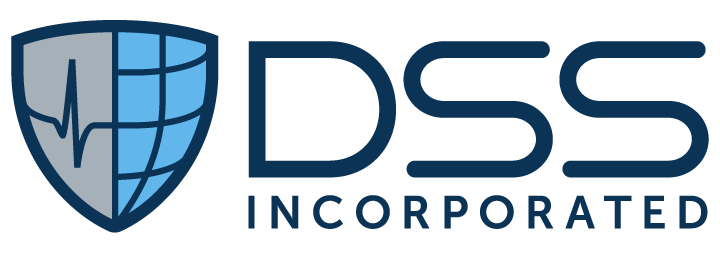In the last two decades, the number of female veterans—and, subsequently, their need for healthcare—has risen significantly. Between 2000 and 2012 alone, female care delivery needs within the veteran’s administration (VA) increased by 226%, a figure that only stands to rise as more active-duty women transition to veteran status. However, unlike their male counterparts who are aged 63 on average, nearly 80 percent of female veterans are under the age of 40 and therefore still of child-bearing age.
Read MoreConsider this scenario: A soldier wounded in Operation Iraqi Freedom lost part of his arm in an explosion. He now wears a prosthetic forearm and hand, which must be maintained and refitted periodically. He requires physical and occupational therapies to learn how to use his prosthesis and he takes prescription medications to manage phantom limb pains, in addition to anxiety and depression.
Read MoreSelecting the best electronic health record (EHR) for any healthcare organization is a matter of matching capabilities to overall needs. VistA’s open-source approach offers inherent advantages in that matching, delivered in a time-tested solution that Medscape ranks as the number one EHR for overall customer satisfaction. The ability of VistA to be adapted, built upon and improved over time underscores its remarkable capacity to remain relevant, timely and appealing.
Read MoreWith the existing lack of interoperability and data standards added to the numerous regulatory and market changes currently impacting how healthcare is delivered, the entire industry urgently needs a breakthrough. Since seamless information sharing is at the core of achieving optimized outcomes, many healthcare facilities are looking for solutions that help manage health information exchange more efficiently.
Read More
